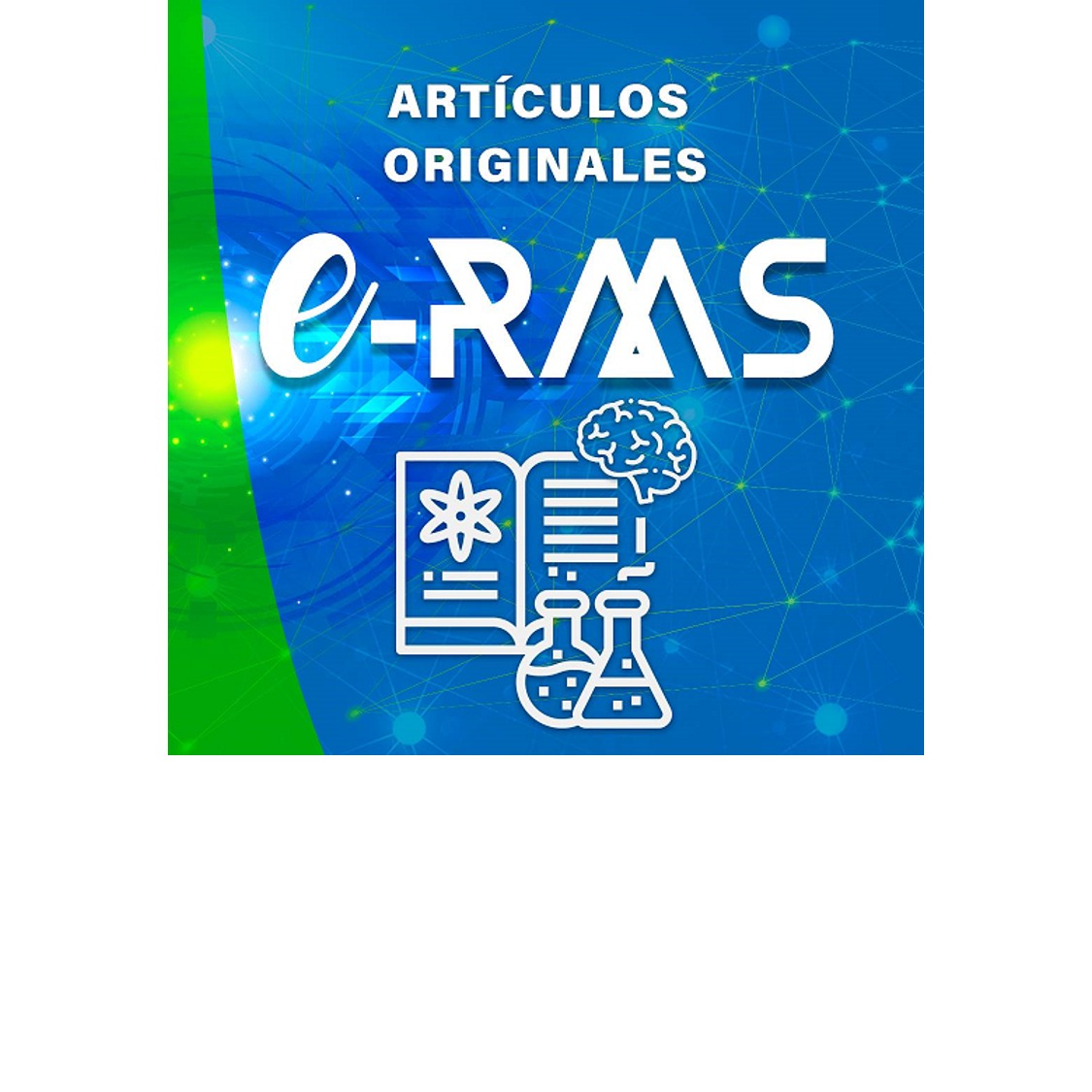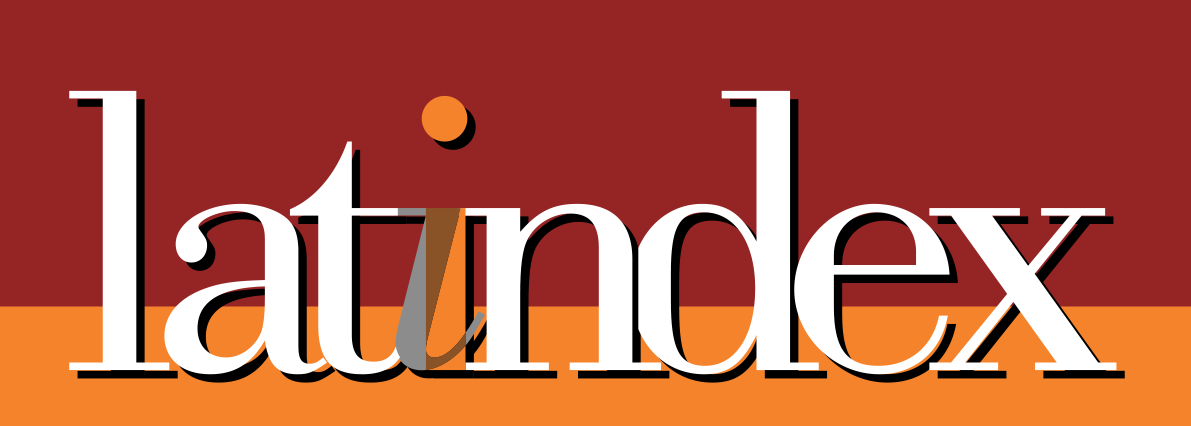AI-blockchain and Network function virtualization for secure and scalable network services
DOI:
https://doi.org/10.61286/e-rms.v3i.286Keywords:
artificial intelligence, network function virtualization, blockchain, service level agreement, explainable artificial intelligence.Abstract
As the demand for a high-performance, efficient, and secure data center operation level intensifies, traditional network architectures prove insufficient for contemporary digital environments. The emerging application of scientific knowledge for practical purposes, such as cloud computing, Artificial Intelligence, the Internet of Things, and Big Data, has overburdened existing infrastructures, driving the need for advanced solutions. In this paper, a new architecture is designed that merges security and intelligence by integrating the features of Network Function Virtualization, Artificial Intelligence, and Blockchain technology. The main objective is to achieve high levels of security, reliability, and scalability in emerging networks. This is accomplished by employing intrusion detection systems based on deep learning, automatic scaling assisted by reinforcement learning, and predictive allocation of virtual tasks to ensure accountability and service efficiency. Additionally, Blockchain is utilized to provide transparent auditing mechanisms, ensure compliance with Service Level Agreements, and offer tamper-proof evidence through smart contracts and oracles. The results reveal a notable advantage over conventional systems: detection accuracy increased from 91.4% to 97.9% when combining Artificial Intelligence and Blockchain, while the false alarm rate was reduced by more than 50%. Latencies also decreased by more than 30%, Service Level Agreement adherence improved from 85.3% to 96.5%, and energy consumption was reduced by approximately 32%. The hybrid model achieved the highest trust rate (0.94), demonstrating that merging Artificial Intelligence with blockchain not only enhances technical performance but also guarantees regulatory compliance and operational reliability.
Downloads
References
Appari, Kranti Kumar. (2025). SDN-NFV Based IoT Architecture for Efficient Network Management. 2456-1134.
Baban, N. (2024). Expanding Network Function Virtualization (NFV) Technology’s Performance and Reliability in LTE Systems: Computer Engineering Techniques Department, Al-Nukhba University College, Baghdad, Iraq. https://journals.uokerbala.edu.iq/index.php/UOKJ/article/view/2171
Bhupathi, K. K. (2025). Artificial intelligence in network architecture: a systematic review of innovations, implementations, and future directions. International Journal Of Computer Engineering & Technology, 16(1), 1750–1767. https://doi.org/10.34218/ijcet_16_01_128
Cao, H. (2021). Network Function Virtualization. In Internet of things (pp. 135–143). https://doi.org/10.1007/978-3-030-89328-6_8
Goundar, S., & Gondal, I. (2025). AI-Blockchain Integration for Real-Time Cybersecurity: System Design and Evaluation. Journal Of Cybersecurity And Privacy, 5(3), 59. https://doi.org/10.3390/jcp5030059
Idri, A., Benhar, H., Fernández-Alemán, J., & Kadi, I. (2018). A systematic map of medical data preprocessing in knowledge discovery. Computer Methods And Programs In Biomedicine, 162, 69–85. https://doi.org/10.1016/j.cmpb.2018.05.007
Jawdhari, H. A., & Abdullah, A. A. (2021). The Application of Network Functions Virtualization on Different Networks, and its New Applications in Blockchain: A Survey. Webology, 18(Special Issue 04), 1007–1044. https://doi.org/10.14704/web/v18si04/web18179
Jawdhari, H. A., & Abdullah, A. A. (2021). A novel blockchain architecture based on network functions virtualization (NFV) with auto smart contracts. Periodicals Of Engineering And Natural Sciences (PEN), 9(4), 834. https://doi.org/10.21533/pen.v9i4.2441
Jawdhari, H. A., & Abdullah, A. A. (2022, November). New Security Mechanism of Health Data Based on Blockchain–NFV. In International Conference on New Trends in Information and Communications Technology Applications (pp. 230–247). Springer Nature Switzerland.
Khanna, A., Jain, S., Sah, A., Dangi, S., Sharma, A., Tiang, S. S., Wong, C. H., & Lim, W. H. (2025). Generative AI and Blockchain-Integrated Multi-Agent Framework for Resilient and Sustainable Fruit Cold-Chain Logistics. Foods, 14(17), 3004. https://doi.org/10.3390/foods14173004
Nahi, H. A., Fadhil, N. H., Saeed, M. M., & Salman, R. A. (2025). A Novel Blockchain-Based System for Developing a Virtual Judge. Journal of Computer Science, 21(2), 380–387.
Nahi, H. A., Hashim, S. M., & Kreem, D. J. (2023). Blockchain for baccalaureate examination sheets protection in Iraq. Indonesian Journal Of Electrical Engineering And Computer Science, 29(2), 1183. https://doi.org/10.11591/ijeecs.v29.i2.pp1183-1191
Nahi, H. A., Khalid Ali, A., Ali Alaraji, M., Jawad Mohi, Z., Thamer Mahmood, N., Majed Mousa, A., Mohammed Saeed, M., & A.Almansoori, R. (2025). Blockchain Network for Regulation Decentralized E-Government Systems. Data and Metadata, 4, 201. https://doi.org/10.56294/dm2025201
Nahi, H. A., Majed Mousa, A., Akeel Hamed, E., Khalid Ali , A., Jawad, S., Mahdi Abdulkadium, A., & Salman, . R. A. (2025). Quantum Key Distribution For Enabling Secure Network Function Vitalization Orchestration Over A Network. Data and Metadata, 4, 202. https://doi.org/10.56294/dm2025202
Oljira, D. B. (2018). Telecom Networks Virtualization: Overcoming the Latency Challenge. DIVA. https://www.diva-portal.org/smash/record.jsf?pid=diva2%3A1202791&dswid=-1724
Ressi, D., Romanello, R., Piazza, C., & Rossi, S. (2024). AI-enhanced blockchain technology: A review of advancements and opportunities. Journal of Network and Computer Applications, 225, 103858. https://doi.org/10.1016/j.jnca.2024.103858
Udokwu, C., Voicu-Dorobanțu, R., Ogunyemi, A. A., Norta, A., Sturua, N., & Craß, S. (2025). Leveraging Blockchain for Ethical AI: Mitigating Digital Threats and Strengthening Societal Resilience. Future Internet, 17(7), 309. https://doi.org/10.3390/fi17070309
Wang, Y. (2024). The integration of blockchain technology and artificial intelligence: Innovation, challenges, and future prospects. Applied And Computational Engineering, 55(1), 145–156. https://doi.org/10.54254/2755-2721/55/2024141
Yang, X., & Wang, X. (2025). Research on Blockchain-based Security Sharing Algorithm of Social Assistance Data in Internet of Things. Journal of Cyber Security and Mobility, 14(03), 747–776. https://doi.org/10.13052/jcsm2245-1439.14310
Yi, B., Wang, X., Li, K., Das, S. K., & Huang, M. (2018). A comprehensive survey of Network Function Virtualization. Computer Networks, 133, 212–262. https://doi.org/10.1016/j.comnet.2018.01.021
Zhong, H. (2025). The Integration of Artificial Intelligence and Blockchain: Applications and Challenges in Economic Security and Data Privacy. ITM Web Of Conferences, 73, 03011. https://doi.org/10.1051/itmconf/20257303011

Downloads
Published
How to Cite
Issue
Section
License
Copyright (c) 2025 Ahmed Mahdi Abdulkadium

This work is licensed under a Creative Commons Attribution-NonCommercial-NoDerivatives 4.0 International License.
Las publicaciones en acceso abierto de e-RMS están protegidas por derechos reservados y se rigen por la Licencia Pública Creative Commons Attribution-NonCommercial-NoDerivatives 4.0 International (CC BY-NC-ND 4.0). Se permite el uso no comercial de este material, con atribuciones al autor. No se permiten derivados de esta versión.













